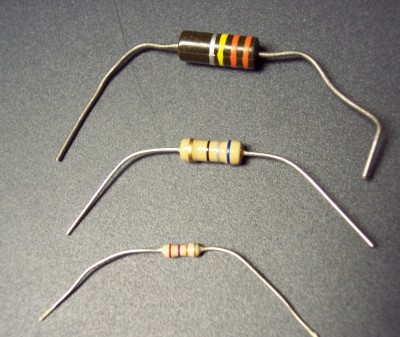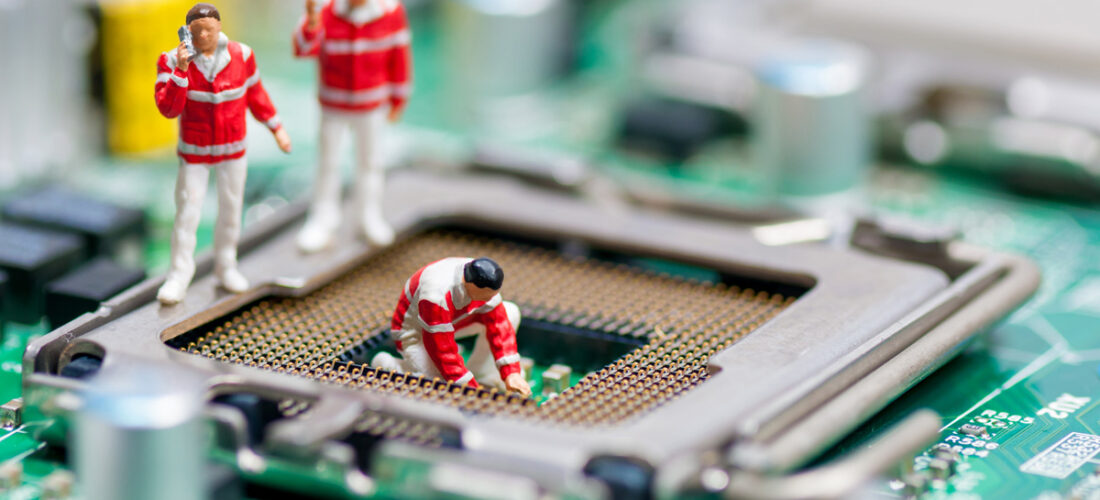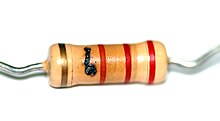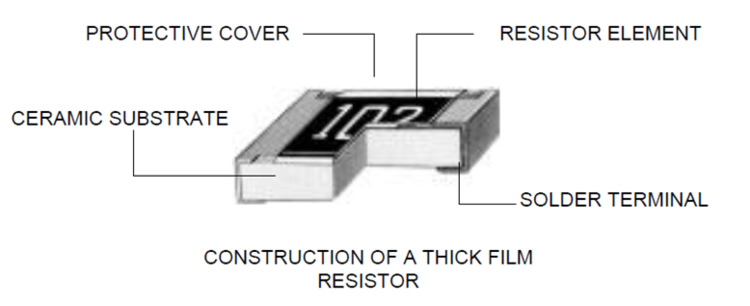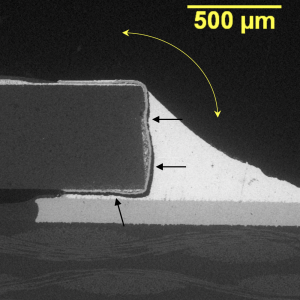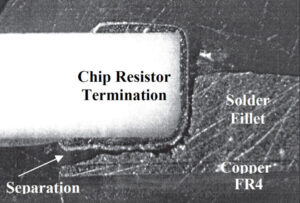Ceramic Resistor Failure

Careful analysis of application conditions and proper pcb design greatly reduce the occurrence of this failure but in some cases chip resistors built on.
Ceramic resistor failure. Damage to thick film resistors due to surges. One often overlooked factor that affects 2010 and 2512 size ceramic substrate based chip resistors both thick and thin film is the potential for parts cracking or for solder joint failure. Failures seldom occur due to a failure of the resistive element itself. The source of resistor failures is generally due to outside environmental factors such as handling damage or external stress.
Gideon analytical laboratories received an rnc70h1963fs resistor for electronic failure analysis. The ballast resistor is commonly found in older vehicles because they did not have the benefit of circuit boards found in most of today s vehicles. Over time the ballast resistor can be damaged by normal wear and tear so there are a few things to look for when you suspect a bad or failing ballast resistor needs servicing. A resistor is a passive two terminal electrical component that implements electrical resistance as a circuit element.
High vibration or shock can also degrade the interface for large mass resistors. Electronic components have a wide range of failure modes these can be classified in various ways such as by time or cause. Failures can be caused by excess temperature excess current or voltage ionizing radiation mechanical shock stress or impact and many other causes in semiconductor devices problems in the device package may cause failures due to contamination mechanical stress of. Resistors act to reduce current flow and at the same time act to lower voltage levels within circuits.
Surges are large voltages or currents instantaneously applied to circuits. The only exception to this rule is the thin film.



